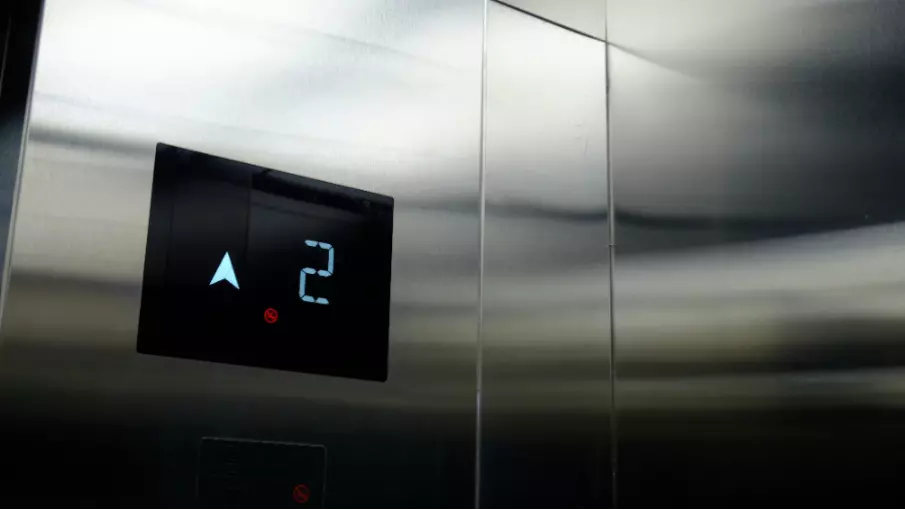Improving Elevator Reliability for Tenants

Welcome aboard the vertical journey! As high-rise buildings stretch ever closer to the clouds, elevators have become not just a convenience, but an absolute necessity. However, with great height comes great responsibility—ensuring the reliability of these modern-day chariots is paramount for the happiness and safety of tenants. In this exploration, we're taking a closer look at the blueprint for boosting elevator reliability in a way that's uplifting for everyone involved.
The Heart of the Matter: Regular Maintenance
At the core of elevator reliability is a steady beat of regular maintenance. Think of elevators as the heart of your building: just as a heart needs regular check-ups, so do these machines that tirelessly transport tenants. A well-maintained elevator is less prone to breakdowns and ensures a smoother ride for all.
Elevating the Experience with Modernization
Modernization isn't just for smartphones and cars; elevators too can benefit from a high-tech overhaul. Updating older systems with new technology can dramatically improve reliability, speed, and even energy efficiency, making the journey from ground to sky a pleasure rather than a patience test.
A Reactive vs. Proactive Approach
Waiting for a problem to occur before fixing it is like waiting for a plant to die before watering it. Adopting a proactive maintenance strategy not only reduces downtime but can also extend the life expectancy of your elevator systems. Imagine diagnosing an elevator's ailment before it even shows symptoms—that's proactive care at its best.
Regular evaluations by a certified elevator inspection company can significantly contribute to a proactive maintenance approach. These inspections can identify potential issues before they become major problems, aiding in the constant effort to ensure safety and reliability for all elevator passengers.
Tenant Communication: The Key to Trust
Reliability isn't just about the physical performance of elevators; it's also about perception. Open lines of communication with tenants can dramatically improve how reliability is perceived. Sharing updates on maintenance schedules, modernization plans, and emergency protocols builds trust and demystifies the elevator's occasional hiccup.
Emergency Preparedness: A Safety Net
Even the most reliable elevators have their off days. Preparing for those instances with rigorous emergency protocols is crucial. Ensuring that tenants know how to react in the rare event of an elevator stoppage can greatly impact the overall perception of reliability. Knowledge is power, especially several floors up!
Regular Training for On-Site Staff
Your on-site staff are the first responders in the rare event of an elevator issue. Regular training ensures they're prepared to handle situations efficiently and safely. This not only improves the reliability of the elevator system but also enhances tenant confidence in the building's management.
Enhanced Safety Features
Improving safety features goes hand in hand with enhancing reliability. Incorporating advanced safety technologies such as automatic brake systems, fault monitoring, and emergency communication tools can provide additional layers of protection for passengers. This proactive safety stance reassures tenants that their well-being is a top priority.
Collaborative Efforts Between Tenants and Management
Last but not least, fostering a collaborative environment between tenants and building management can significantly boost the reliability of elevator services. Encouraging feedback, suggestions, and reports on elevator performance creates a partnership atmosphere. This collaborative approach can lead to quicker identification of potential issues and foster a sense of community.
Energy Efficiency as a Reliability Factor
Efficiency isn't just about energy consumption; it's also a crucial component of reliability. Elevators that operate efficiently are less likely to suffer from wear and tear, reducing the likelihood of unexpected failures. Investing in energy-efficient elevators can thus be seen as a direct investment in the reliability of your building's transport system.
Conclusion: A Continuous Journey
Improving elevator reliability is a journey rather than a destination. It requires a combination of regular maintenance, modernization, emergency preparedness, a proactive approach, clear communication, and staff training. By taking these steps, we can ensure that the vertical journey in our buildings is not just reliable but also enjoyable. Here's to reaching new heights in elevator reliability, where the only way is up!
More to Read:
Previous Posts:











